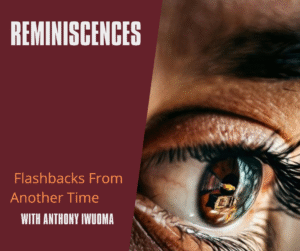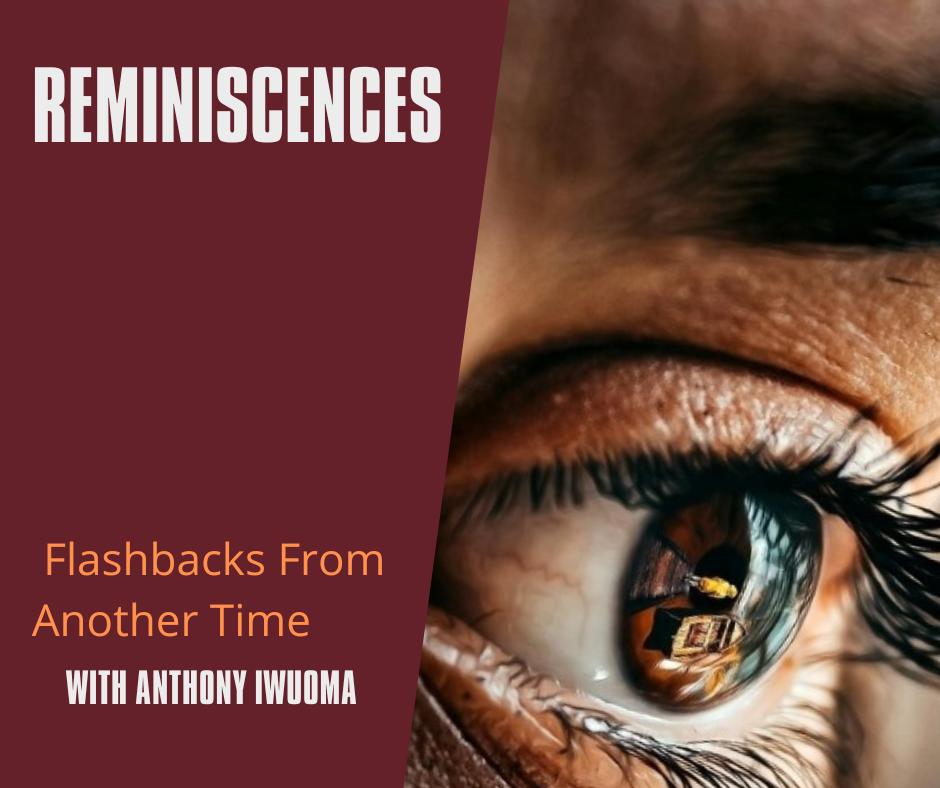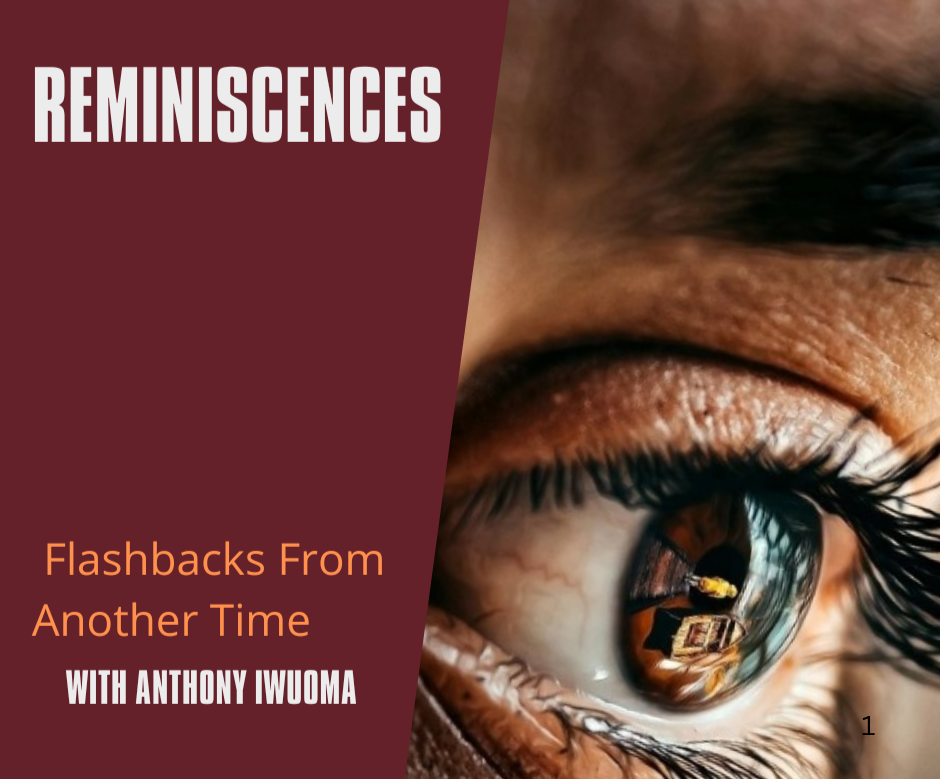
By Publisher
Kindly share:
MAY 2
1. 1519 – Death of Leonardo da Vinci
What happened: Leonardo da Vinci, the quintessential Renaissance man, artist, inventor, scientist, died at Château du Clos Lucé in Amboise, France.
How and why: After years of illness and patronage under King Francis I, Leonardo passed away at 67, leaving behind unfinished works and thousands of pages of visionary sketches and studies.
Aftermath: Leonardo’s genius influenced art, engineering, anatomy, and scientific inquiry for centuries. His reputation only grew posthumously, with paintings like the “Mona Lisa” and “The Last Supper” achieving legendary status.
2. 1670 – Hudson’s Bay Company Chartered
What happened: King Charles II granted a royal charter to the Hudson’s Bay Company (HBC), giving it control over a vast swath of North America’s fur trade.
How and why: Seeking to exploit lucrative fur resources and challenge French dominance, English backers established HBC, granting it rights to “Rupert’s Land,” encompassing all rivers flowing into Hudson Bay.
Aftermath: HBC became one of the oldest and most powerful commercial enterprises in the world, deeply shaping the history of Canada and indigenous relations.
3. 2011 – Death of Osama bin Laden
What happened: U.S. Navy SEALs killed al-Qaeda leader, Osama bin Laden, during a covert raid in Abbottabad, Pakistan.
How and why: After nearly a decade of hunting the mastermind behind the September 11, 2001, terrorist attacks, U.S. intelligence tracked bin Laden’s courier to a compound. Operation Neptune Spear was authorized by President Obama and executed with precision.
Aftermath: Bin Laden’s death was a major psychological victory for the U.S., though al-Qaeda persisted in various forms. It also sparked debates over U.S.-Pakistan relations and counterterrorism strategy.





